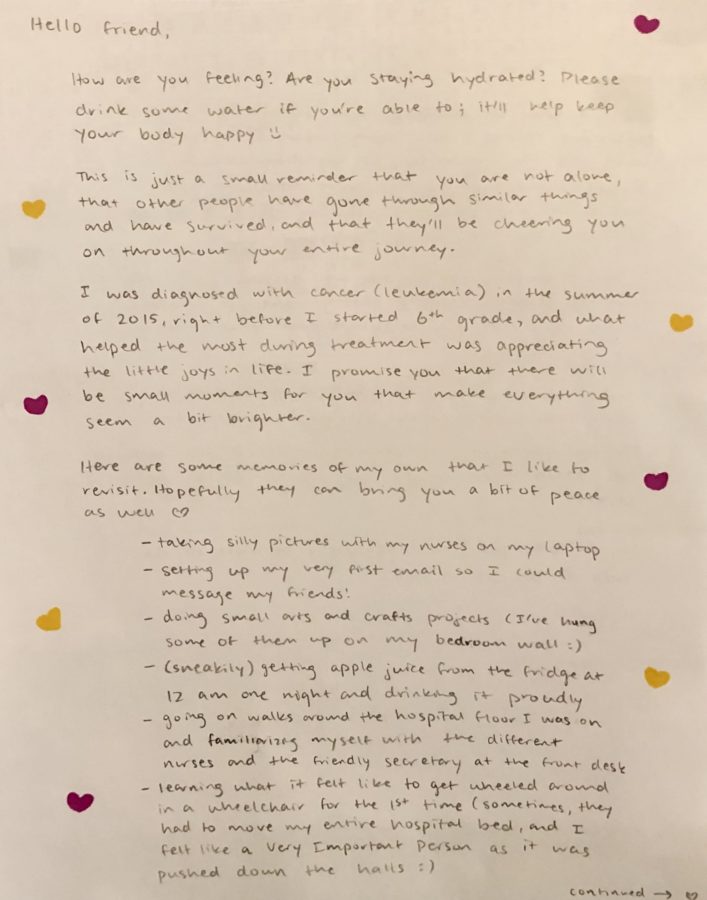By Claire Guo, Opinion Editor
Do you get eight to ten hours of sleep every night? I sure don’t.
But it is what I should get. Not only because I absolutely deserve it, but because I am undergoing puberty. Eight to ten hours is the recommended amount of sleep for teenagers according to the CDC, Mayo Clinic, National Sleep Foundation, American Academy of Pediatrics and just everybody, okay? Sure, WebMD recommends eight to nine hours, but WebMD also told me I had swine flu. So.
Sadly, there’s only so much caffeine can do (before one’s body starts to shake at what I am sure is an unhealthy and alarming velocity). That’s why I am happy to hear that our School Board is seriously considering moving back school times by a half hour for the next school year. Juniors, that means we might get to reap the sweet, sweet pleasure of more sleep. (See you, suckers. Sorry, seniors.)
In the proposal, everyone would start school later: ’Stoga would shift from 7:20 a.m. to 7:50 a.m., the middle schools from 7:50 a.m. to 8:27 a.m., and the elementary schools from 8:45 a.m. to 9:10 a.m. The district would maintain a “3-tier” busing system, meaning that buses will have three shifts, ensuring that middle-schoolers will not be piled into the same bus as high-schoolers.
To gauge how the community feels, a survey went out to teachers, parents and students. Soon, the School Board will decide whether or not to implement it. Here’s why you should support the new proposal.
Teenagers tend to stay up late. But it’s not just because we procrastinate, spending the night texting friends then rushing to do homework (though the problem may be exacerbated by such behavior). There is strong evidence to suggest that our tendency to sleep later has more to do with puberty and “circadian rhythms”— our biological sleep/wake cycles, which explain why we feel drowsy sometimes and wake up naturally on days off.
Studies have shown that as we move into puberty, our circadian phases experience a delay. Researchers from the University of Munich found that girls’ pattern of sleeping later starts one year earlier than boys, corresponding to their younger induction into puberty. University of Michigan researchers observed the sleep cycles of five mammalian species besides humans, including rhesus macaque monkeys and lab rats. All five experienced a similar delay in their circadian phase around the time of puberty. (Yes, there are rat and monkey teenagers, too.)
In 2014, the American Academy of Pediatrics urged middle and high schools to move their start times to 8:30 a.m. or later. Schools across the nation have done it, and with success. A University of Washington study observed students’ sleep schedules at two Seattle high schools during one year when they started school at 7:50 a.m. and the next year when they started at 8:45 a.m. They found that bedtimes stayed relatively constant, and teenagers simply woke up later, boosting their average sleep per night from 6 hours and 50 minutes to 7 hours and 24 minutes. A CDC-sponsored study observed over 9,000 students in eight public high schools in three states over the course of three years. Researchers found that shifting to later start times resulted in significant increases in GPAs and standardized test scores, drops in absences and tardiness, declines in local car crashes and fewer reports of symptoms of depression.
The School Board has not delayed this bell schedule delay for no reason. TESD is required by law to provide transportation to students at 88 private and independent schools. It is estimated that the increase in buses, vans and fuel needed for the recommended plan would cost $610,000.
The most worrying impact will be on elementary-schoolers, whose school day would shift to 9:10 a.m. to 3:45 p.m. Part of the year, elementary students would arrive home in the dark. A Child’s Place, which provides before and after school care in all of the elementary schools, may need to consider an earlier drop off option for parents on their way to work.
However, student safety won’t really be jeopardized. Buses bring students close to their homes, and students who walk home don’t walk far. The Main Line community is generally a safe one — many kids of all ages wander and play outside unsupervised — and we have crossing guards for the roads with more traffic. An earlier drop off option for A Child’s Place would curb damage to working parents’ schedules, and buses, as always, will provide transportation if needed. What will change is that when elementary schoolers graduate to TEMS and Valley Forge, then to ’Stoga, they will not experience the steep decline in sleep that we did. That’s worth the tax dollars.

























































































